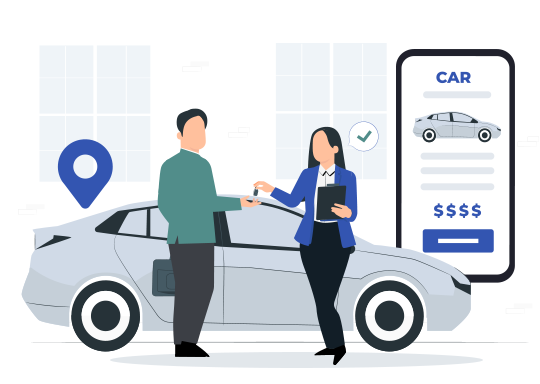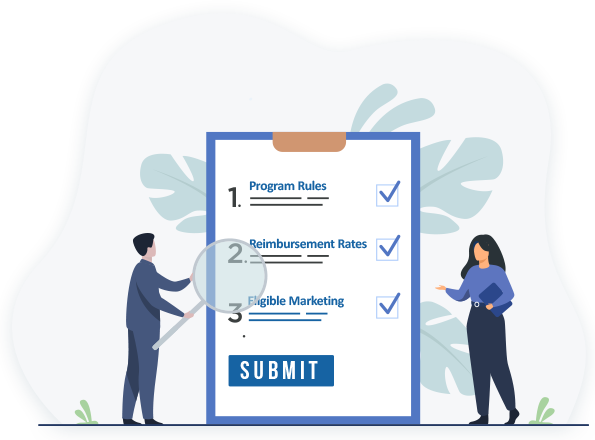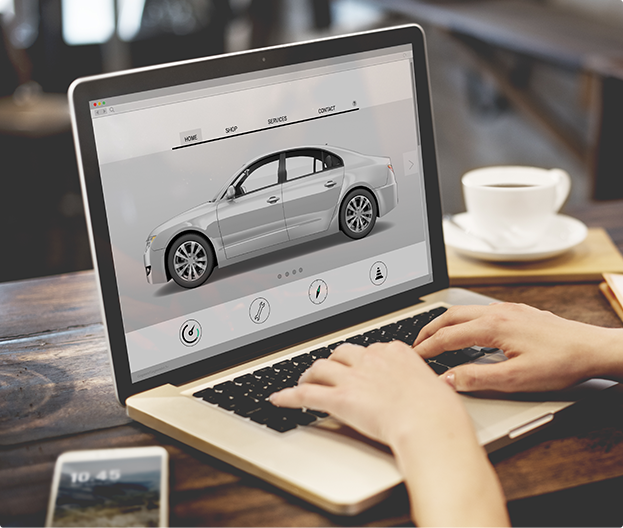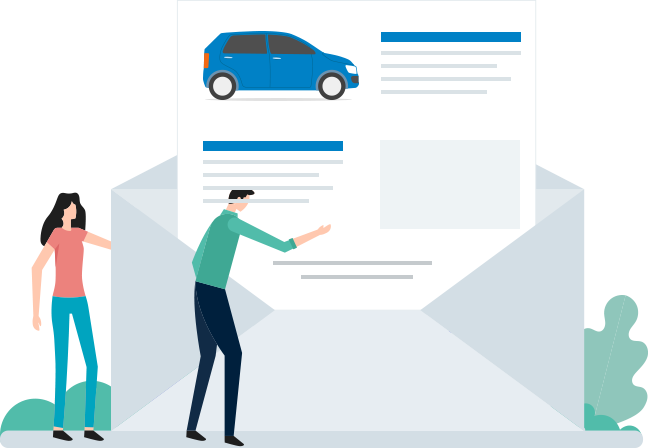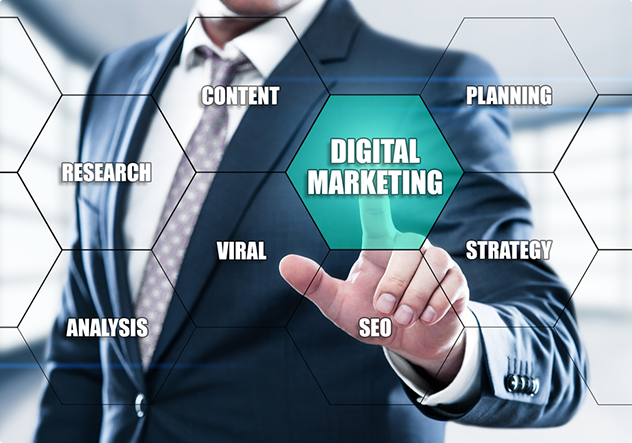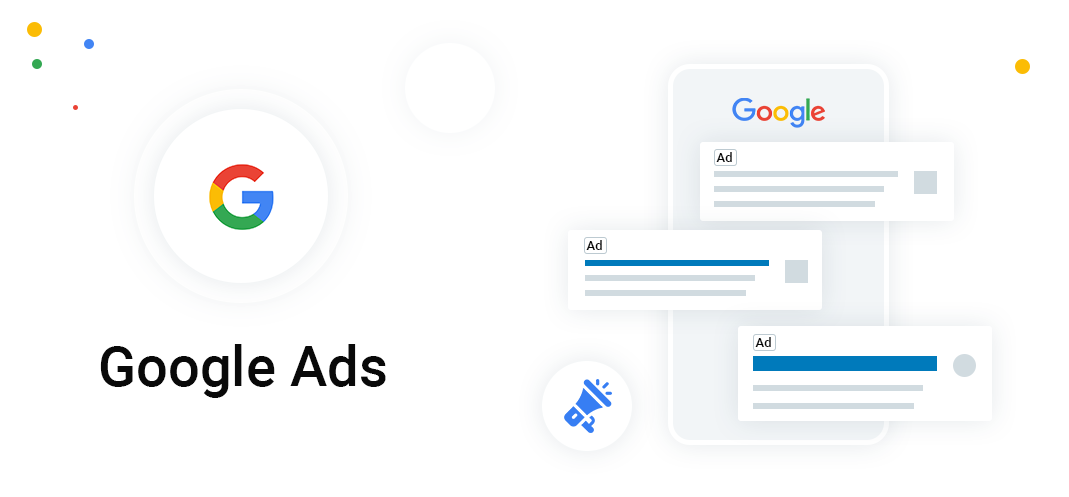You’re revving your dealership’s engine, foot poised over the gas pedal, but the road ahead is uncertain. No, this isn’t the start of a gripping new action movie; it’s the state of the automotive industry as we roll into 2023. Drive success with 5 automotive marketing strategies. Discover tactics to boost sales and brand visibility in the competitive automotive industry.
Navigating the digital landscape for a car dealership requires more than a slick sales pitch and a shiny new model. Today’s auto market is fueled by an increasingly digital, personalized, and eco-conscious consumer base. Buckle up and read on because we’re about to share the top 5 automotive marketing strategies and trends that will give your dealership the boost it needs to survive and thrive in the fast-paced digital world of 2023.

Understanding Today’s Automotive Market
Picture this: you’re sitting at your dealership with a steaming cup of coffee, and a potential customer walks in. But instead of walking around and admiring the shiny models you offer, they’re glued to their smartphones, immersed in a digital showroom. Suddenly, your well-practiced sales pitch seems as outdated as the cassette player.
Like our hypothetical customer, the automotive industry is firmly engaged in this digital transformation. Statista predicts that by the end of 2023, over 2.14 billion people will buy goods and services online, a significant leap from 1.66 billion in 2016. This increasing digitalization has turbocharged the virtual vehicle marketplace, shifting from traditional in-person sales to online transactions and digital showrooms.
Now, how do you, a car dealership owner, navigate all this without getting lost in the realm of competitors? Well, that’s where our five top trends come in. They’re not just five random predictions; they’re your roadmap to success in the ever-changing landscape of automotive marketing in 2023. Buckle up and join us for the ride!
Top 5 Automotive Marketing Strategies and Trends for Success in 2023

Trend 1
Embrace Digital Showrooms

Trend 2
Personalized Marketing Campaigns

Trend 3
Social Media and Influencer Collaborations

Trend 4
Utilizing Data-Driven Decision Making

Trend 5
Sustainability and Eco-Friendly Messaging
Trend 1 – Embrace Digital Showrooms
No more tire-kicking, folks! Consumers today prefer virtual tire kicking, so the first pit stop on our list is embracing digital showrooms. According to a report by Think With Google, around 92% of car buyers research online before they buy. Digital showrooms provide an immersive and interactive experience without the pressure that sometimes comes with a physical showroom visit. Adapting your strategy to incorporate this virtual reality is no longer optional; it’s essential.
Trend 2 – Personalized Marketing Campaigns
Car buyers are like fingerprints; no two are alike. In 2023, one-size-fits-all advertising won’t cut it. Customers crave personalized marketing that addresses their unique needs and desires. But don’t just take our word for it. Epsilon’s research suggests that 80% of consumers are more likely to purchase when brands offer personalized experiences. So, whether using email campaigns, website content, or social media ads, ensure your messaging hits home with personalization.
Trend 3 – Social Media and Influencer Collaborations
If the Internet is a superhighway, social media platforms are the billboards lining the road. These platforms offer unprecedented access to potential buyers from Facebook to Instagram, TikTok to Twitter. And who’s driving this engagement? Influencers. A Nielsen report shows that 92% of consumers trust an influencer more than a traditional advertisement. Collaborating with influencers, especially those who resonate with your brand and audience, can steer new customers to your dealership in 2023.
Trend 4 – Utilizing Data-Driven Decision Making
The journey with your customer doesn’t end once they’ve driven off the lot. Reliable after-sales service plays a crucial role in maintaining and building trust. By offering comprehensive warranties and maintenance packages, you reassure customers of your commitment to their satisfaction long after the initial sale. This reassurance cultivates trust, enhancing the likelihood of customer retention.
Trend 5 – Sustainability and Eco-Friendly Messaging
We’ve arrived at our final pit stop: sustainability. With climate change becoming an increasingly critical issue, many consumers want to reduce their carbon footprint, which extends to their vehicle choices. A recent study by Ipsos found that 34% of consumers are considering purchasing an electric vehicle (EV). Marketing your dealership’s eco-friendly initiatives and EV options can appeal to this growing demographic and accelerate your success in 2023.
Mastering these trends might feel like learning to drive stick in a world that’s going automatic. But remember, every journey begins with a single mile, and your dealership has the power to steer this voyage toward success. Now, shift your marketing into high gear, and let’s discuss implementing these trends in your dealership.
The Importance of Trust for Automotive Customers
We’ve journeyed through the landscape of automotive marketing strategies and trends; now, let’s make these concepts tangible, practical, and vroom-worthy!
In fact, a study by Cox Automotive found that trust in dealerships is one of the most influential factors in the car buying process. That’s right, trust isn’t just something nice to have, it’s the very fuel that powers customer retention and loyalty.
Digital Showrooms:
Turning your dealership into an immersive digital experience is an essential first step. Imagine high-resolution images, interactive 360-degree videos, and virtual reality tours that give customers
a ‘feel’ of their dream vehicle, all from the comfort of their living room. A navigable, user-friendly website can be your main virtual showroom, supported by engaging content on social media platforms.


Personalized Marketing:
Next, add some more power to your marketing campaigns with personalization. Your CRM system is the gold mine of data here. Use your insights about customers’ buying behaviors and preferences to create personalized marketing messages. Tailored emails, retargeted ads, and customized website experiences can make your dealership resonate personally with each visitor.
Social Media and Influencer Collaborations:
Consider social media your turbo booster. It’s not just about posting pictures of the latest models; it’s about creating a community and engaging in dialogue. Influencers can help here. Collaborate with auto-enthusiasts, local celebrities, or environmentally-conscious influencers to bring authentic voices to your brand narrative.


Data-Driven Decision-Making:
You wouldn’t drive without a dashboard, would you? Similarly, don’t make marketing decisions without data. Tools like Google Analytics, SEMRush, and Tableau can provide insights into customer behaviors, campaign effectiveness, and market trends. Use these insights to navigate your marketing strategy confidently.
Sustainability and Eco-Friendly Messaging:
Finally, think green. With growing awareness about climate change, consumers appreciate brands that share their values. Market your eco-friendly initiatives, highlight your range of electric or hybrid vehicles, and ensure your potential customers know you’re in it for the long (sustainable) haul.

Conclusion
Steering your dealership through the dynamic landscape of automotive marketing in 2023 might seem daunting, like navigating a road trip without a map. But remember, we’ve just equipped you with a top-notch GPS outlining the five key trends that can lead you to success.
Whether it’s the shift to digital showrooms or the drive towards sustainability, the high-speed lane of personalization, or the crossroads of social media collaborations, your dealership isn’t just on a journey, it’s paving the way.
So, step on the gas, enjoy the ride, and remember: in this race, the winner isn’t the one who gets to the destination fastest but adapts and evolves with every twist and turns. Your destination? Success in 2023 and beyond.









